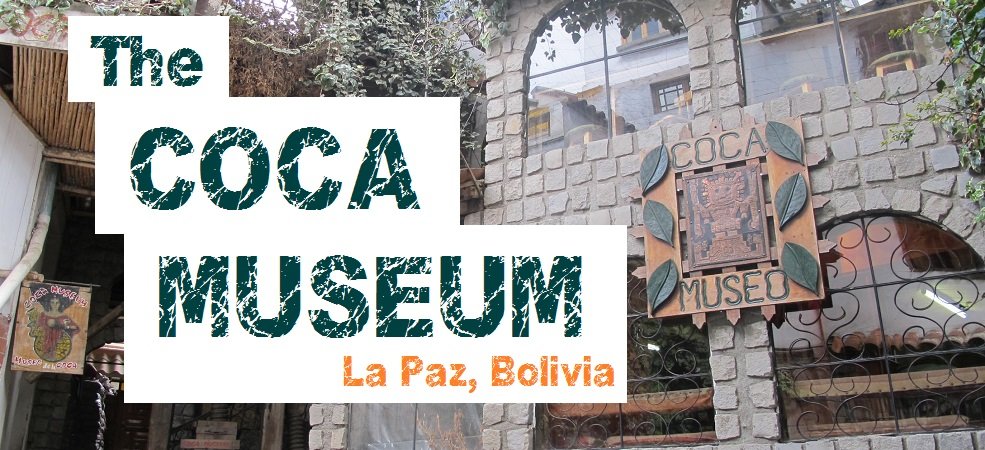This little Coca Museum is hidden away up an alley off Calle Linares in La Paz. This is also known as “Gringo Street” due to all the travel agencies and clothing or crafts shops that you find there.
Whilst tiny in size, it is bursting with information about the little green leaf that has been held sacred in the Andes for centuries.
The displays themselves look a little worn and the whole setup can seem a little amateur. But if you’re patient enough to follow the self-guided tour you will learn plenty of facts about this controversial plant. You can read the provided information in your own language as it is available in many languages.
It first covers the use of the coca leaf in traditional Andean societies for spiritual, medicinal, social and other purposes. Then it continues right up to exploring the modern day “drugwar” against cocaine.
The information is provided in a scientific way backed with lots of evidence to back up its theories. It still manages to remain unbiased though.
There are sections on the use of the coca leaf in Coca-Cola, for coca wine, and as an anesthetic among others. It certainly provides some evidence to justify the la hoja de coca no es droga (“the coca leaf is not a drug”) campaign that you can see on T-shirts and posters throughout Peru and Bolivia.
Reading through lots of information might not be what you consider a good way to spend 30-45 mins. If so, you may find this museum a little dry. I can relate as my brain slowed a little before I’d finished! But if you have an interest in Andean culture and would like to learn the truth about coca then this popular tourist attraction is a mine of information.
We think it’s definitely worth the cover fee of around US$1!
Museo de la Coca
Calle Linares 906
La Paz
Tel 231-1998
PS: The best way to learn more about the history and culture of La Paz is by taking a guided city tour.

